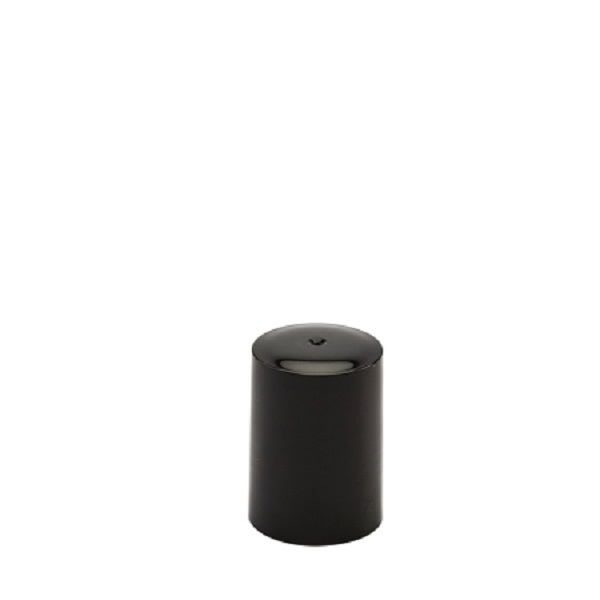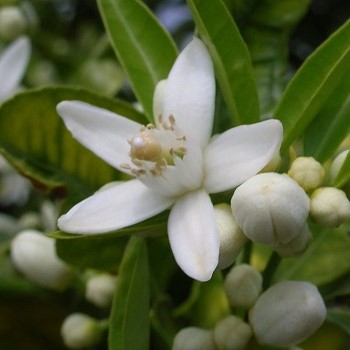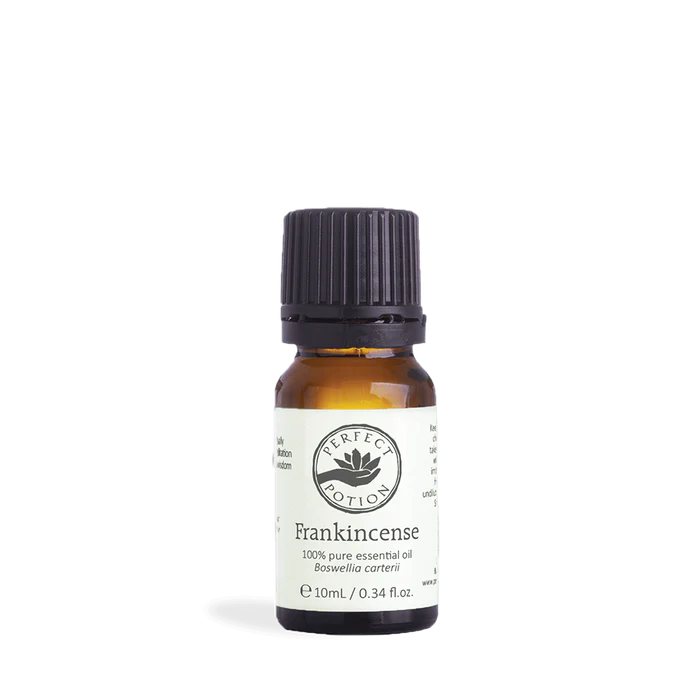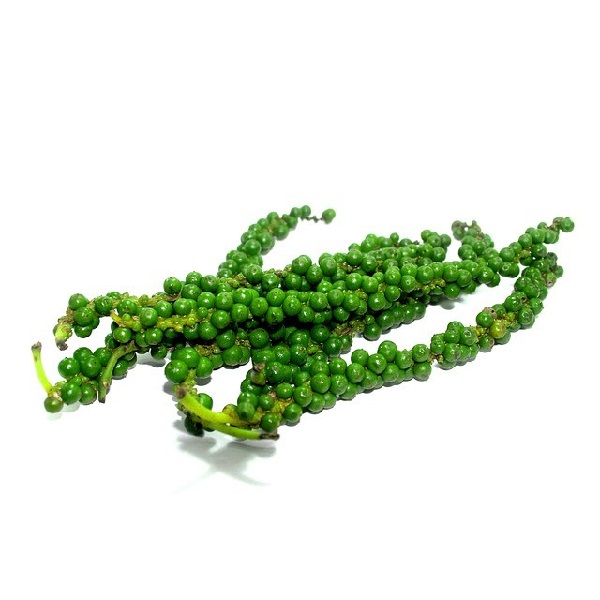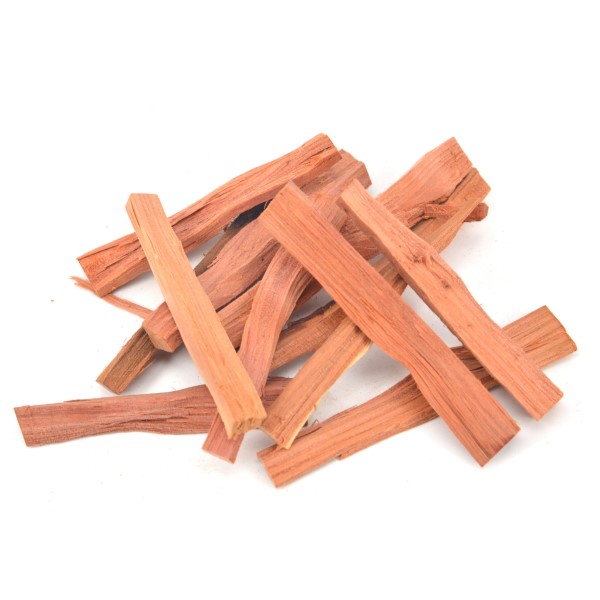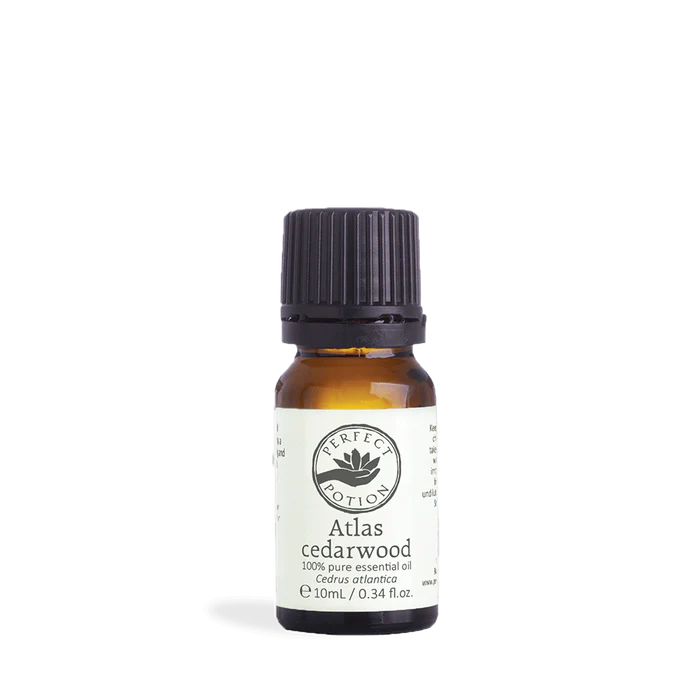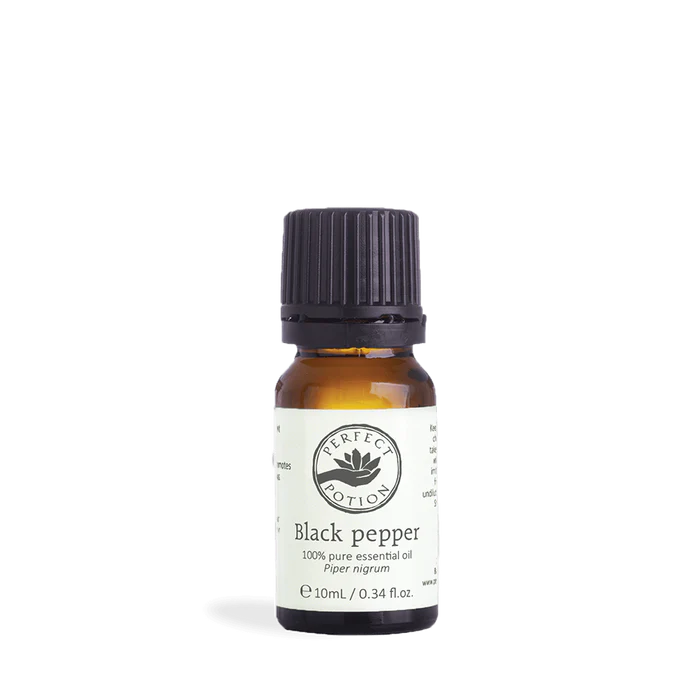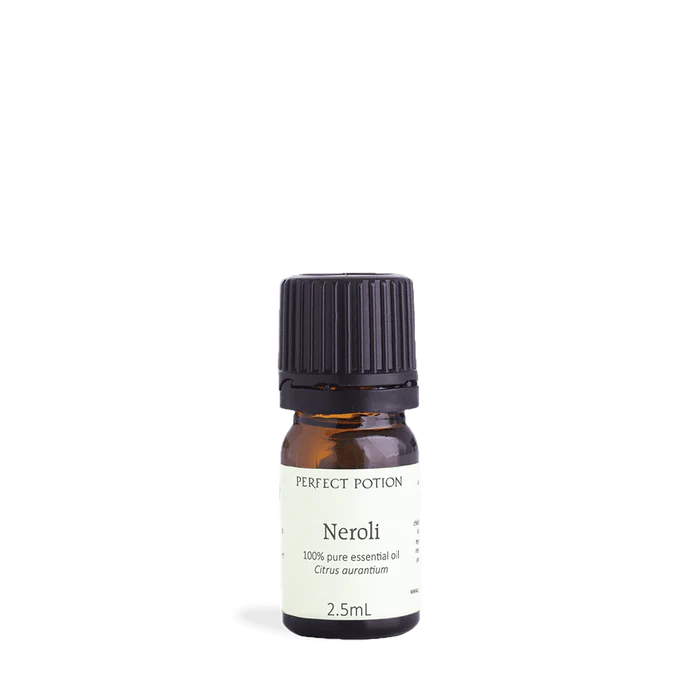Natural Therapies - Understanding Prebiotics and Probiotics - Part 1
This article was originally published on my older website in 2012. Science has updated what we know, and I'm currently doing a Practitioner Training Course with Advanced Probiotics, so Part 2 will be coming soon...
Being a therapist who has studied nutrition, along with being a coeliac with a weakened immune system, I have spent a lot of time studying up on prebiotics and probiotics over the years, mainly to increase my immune system and decrease my gut reactions to foods I am allergic to.
One of the best analogies I came across in the many seminars I attended was it was similar to trying to grow a garden. Most of us understand how a garden grows and at some stage in our schooling years learnt about ecosystems and how everything needs something to help establish the next level. Your gut is no different! Establishing the microflora is critical to the development and effective functioning of our immune system as well as reducing the risk of infection.
So what are prebiotics?
Prebiotics are the fertiliser required for probiotics to survive and flourish in. You can take masses of probiotics and still have a weakened immune system because there is no lush environment for the probiotics to grow in. Prebiotics are indigestible food fibres in the form of inulin and oligosaccharides (uh huh), and some common sources are raw garlic, raw and cooked onions, raw leeks, raw asparagus, bananas (my personal favourite if you can eat them, although has a lower scale), and raw wheat bran. Higher up the list is raw dandelion greens, so if you have a dog free garden, start munching! Or plant yourself a tub of dandelions, eat the leaves and 3 years later make coffee from the roots.
If your reading this and going *gag*, you'll be pleased to know there is a yeast by the name of Saccharomyces boulardii which is also a prebiotic and readily available for you to take. This little beauty was discovered in 1923 and comes from the tropical fruits lychees and mangosteen, and has been in several clinical trials over the years.
It has brought relief to many over the years who have suffered from:
- Acute diarrhoea
- Antibiotic associated diarrhoea
- HIV/AIDS associate diarrhoea
- Irritable bowel syndrome
- Inflammatory bowel disease
- Recurrent Clostridium difficile infection
- Traveller's diarrhoea
It's anti-inflammatory, antimicrobial, antitoxin and increases levels of disaccharidases (enzymes that break down sugars) as well as increasing immune levels by boosting the antibody Immunoglobulin A (IgA).
What are Probiotics?
Probiotics are the good bacteria in your gut. They live in all areas of the gut... from your mouth to your lower bowel. They have been around for over a hundred years in modern science, however the health benefits of eating fermented food goes back to ancient times.
Probiotics help reduce:
- Anxiety
- Bacterial vaginosis
- Cholesterol
- Coeliac's Disease
- Colitis
- Depression
- Diarrhoea
- Eczema
- High blood pressure (Hypertension)
- Infections
- Irritable bowel syndrome
- Lactose intolerance
- Mood swings
- Skin allergies
- Stress
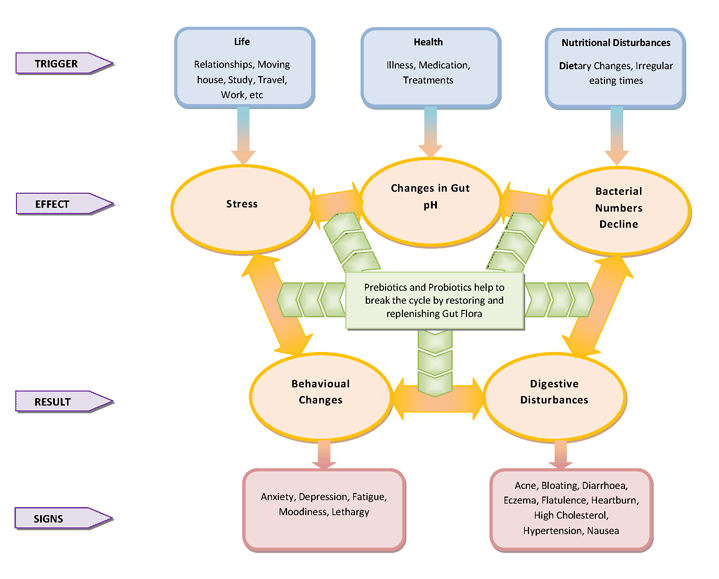
What's the difference between all the different Probiotics?
There's so many! How do I know which formula is right for me?
| Probiotic | Function |
| Bifidobacterium infantus |
Present at birth. Strongly influences microflora growth by altering intestinal pH and the production of glycosidases. |
| Bifidobacterium adolescentis | Occurs immediately after birth. Produces folate in the colon. |
| Bifidobacterium brevi | Populates during infancy. Controls the natural levels of Salmonella Typhimurium and Clostridium difficile in the gut. |
| Bifidobacterium longum | Populates during infancy. Ferments amino acids and glucosamine. Improves lactose tolerance. Prevents diarrhoea, food allergies and bad bacteria (pathogen) growth. |
| Bacillus subtilis | Discovered in the 1800s, and used to treat gastrointestinal tract and urinary diseases prior to the discovery of antibiotics, due to its immune enhancing functions. Produces amylase (the enzyme that breaks down starches) and hyaluronic acid (a component of skin and cartilage). |
| Lactobacillus acidophilus | Ferments sugars in lactic acid (an Alpha-Hydroxy Acid aka AHA). Antibacterial properties and helps prevent fungal infections flourishing whilst on antibiotics. |
| Lactobacillus delbrueckeii ssp bulgaricus | Still researching this one! |
| Lactobacillus casei | Found in the mouth and intestine. Helps prevent antibiotic associated diarhhoea. |
| Lactobacillus plantarum | Antioxidant activity, helps prevent intestinal gas for IBS sufferers, helps prevent depression. |
| Lactobacillus rhamnosus | Survives the effects of stomach acid and bile to colonise within the gut. Treats diarrhoea, rotovirus, respiratory tract infections, atopic dermatitis, vaginal and urinary infections, IBS, and anxiety. |
| Lactobacillus helveticus | May reduce blood pressure. |
| Lactobacillus salivarus | Helps relieve IBS associated flatulence. |
| Lactococcus lactis | |
| Streptococcus thermophilus | Reduces the risk of antibiotic associated diarrhoea. |
Where to from here?
After reading all of the above you've decided one of two things... Phew, my gut is okay... or HELP! Where do I start?
If you're in the second category, you may want to try out my gut restoration programme which will also help enhance your immunity. This is a programme I devised when I was diagnosed with Coeliac's Disease and was fed up with the way my body was flaring up to nearly everything I ate due to being in such an inflamed and weakened state (eg sulphites, salicylates, sugars, vinegars... I was going nuts and constantly seesawing between bloating and dermatitis herpetiformis!)
I did this programme as listed below and I noticed an immediate difference within 4 weeks, got lazy, and flared up again, so stuck to it properly and have been good for a long time. It's 3 yrs later, a year of working and irregular meals, summer with a few glasses of wine and I've noticed my symptoms coming back so we're heading into round 2.
As a maintenance programme, I do take SBPro and Triflora for a week each about every 3 months... usually when I've been exposed to gluten so my gut is feeling 'blargh'.
I've had many successes with family and clients as well, and they keep telling me I need to publish this info, so here it is!
Amor's Gut Restoration Programme
Weeks 1-2 - Sacchromyces boulardii 250mg - Take 1 capsule 1 hr before meals 2 x a day (preferably 12 hrs apart)
Weeks 3-6 - LifeStream Advanced Probiotics 14+ - Take 1 capsule with meals 4 x day
Weeks 7-10 - BioMedica ProFlora X sachets - Take 1 sachet per day with food
Weeks 11-14 - BioMedica TriFlora capsules - Take 1 capsule per day with food
Why these particular products? I trust them and because they have a wider cross-section of probiotics to re-introduce to your gut, theoretically getting quicker results, however that depends on you as an individual - lifestyle, eating habits, acute and chronic health conditions. Some are Practitioner Only, however as a Practitioner I can recommend and prescribe these products.
Please note: If your gut flora levels are very low, you may find you experience bloating, wind and cramping when you first start taking probiotics as the good bacterias start to to challenge the bad bacteria and cause them to die off. This could last up to 6 weeks. If this happens, reduce your dose and extend your programme.
Links for further reading
http://www.lef.org/magazine/mag2012/apr2012_Overlooked-Role-Probiotics-Human-Health_01.htm
http://jonbarron.org/article/probiotic-miracle#.UwiWiM6Wr1k
References
http://www.ncbi.nlm.nih.gov/pubmed/24091275
More references to come!

